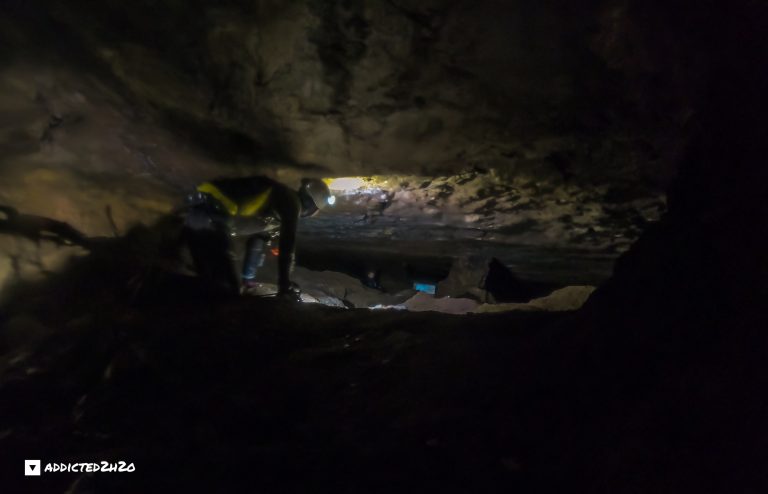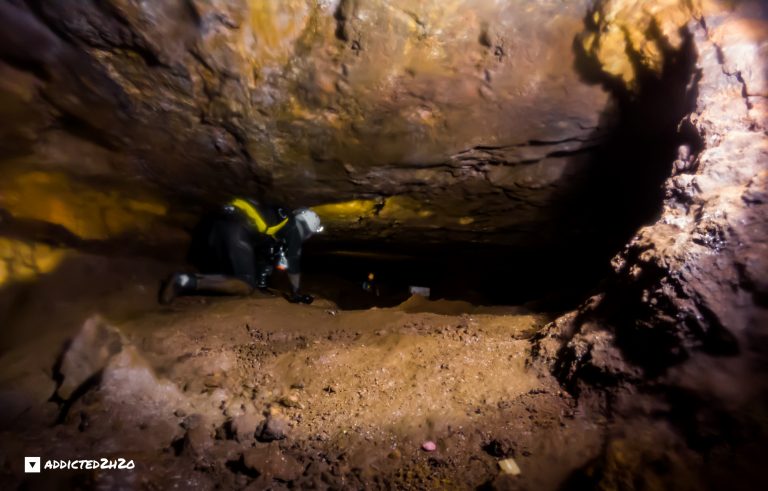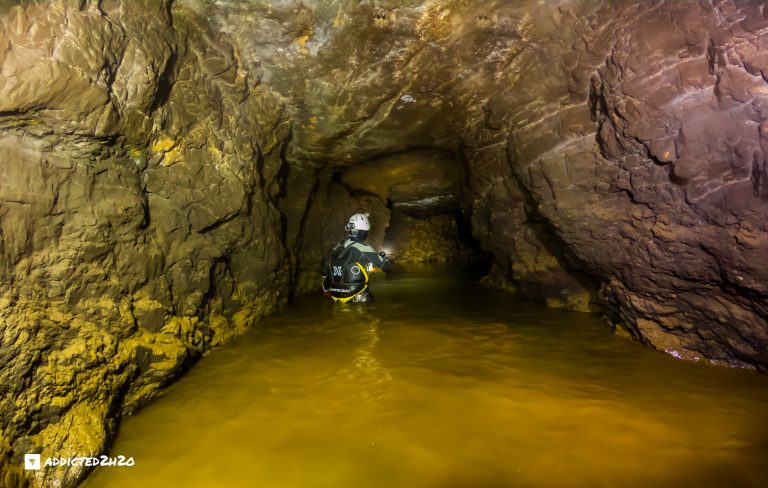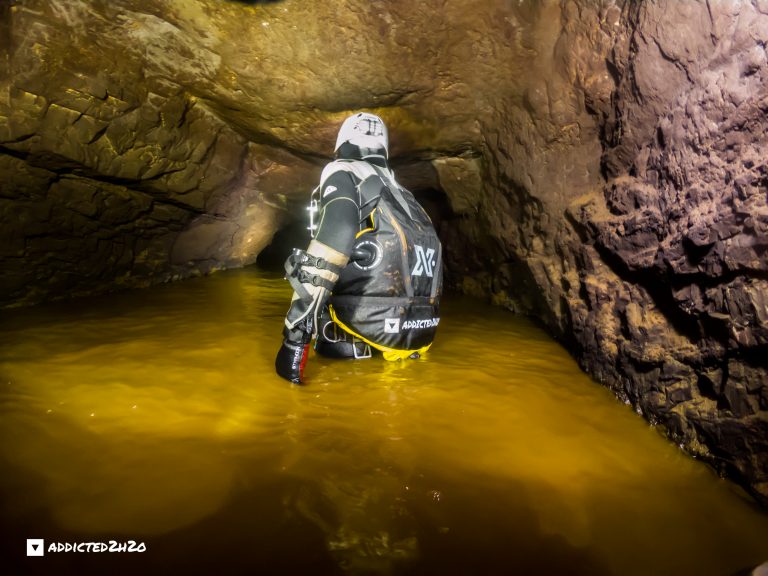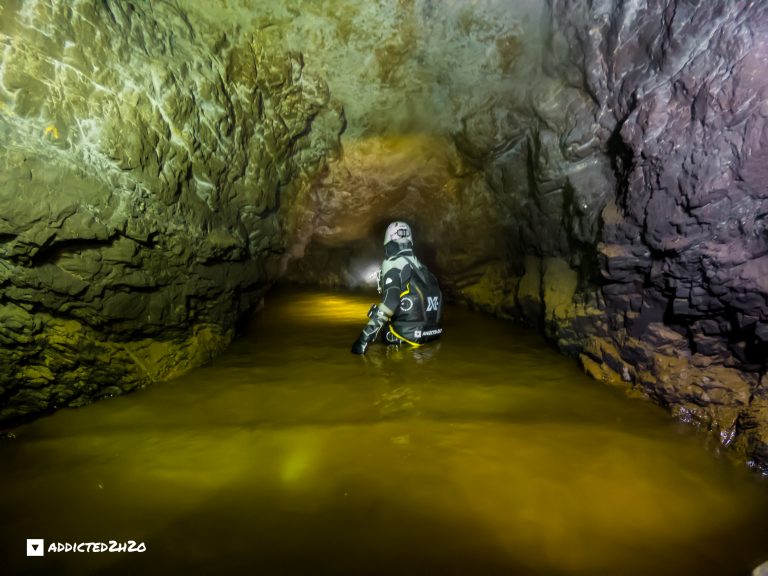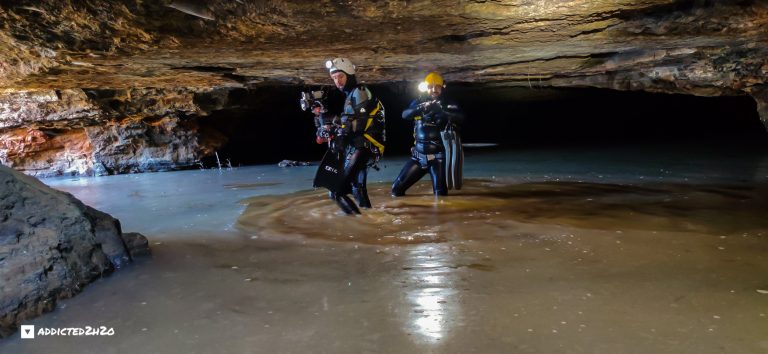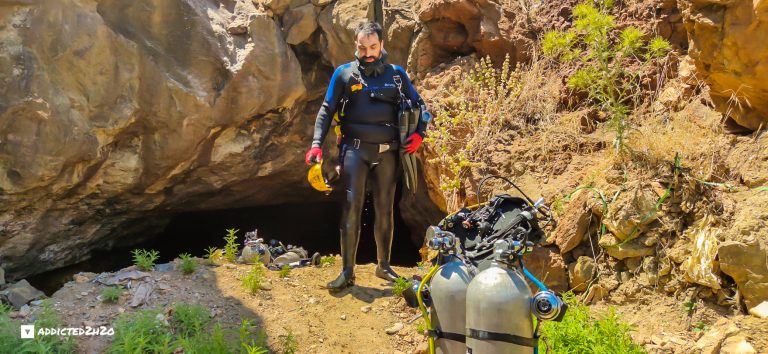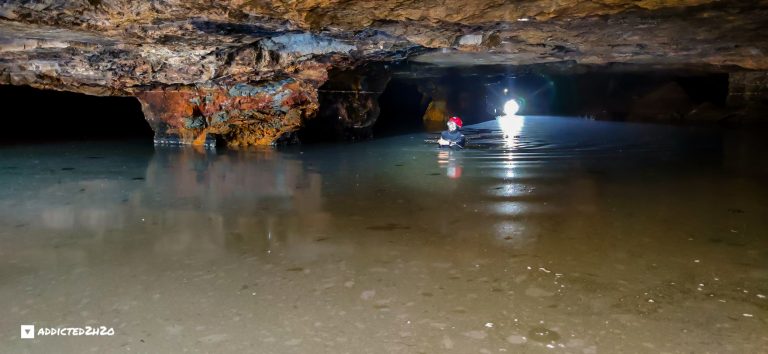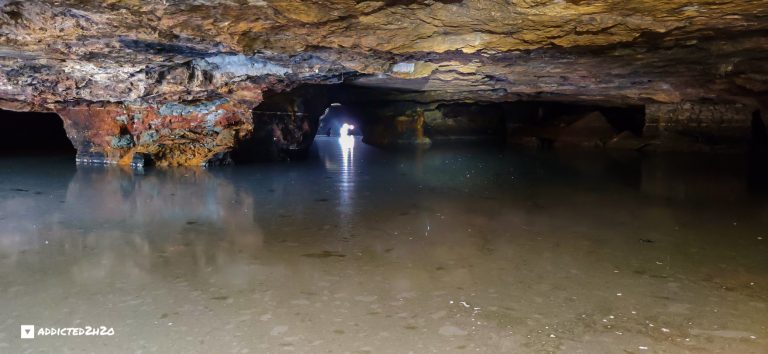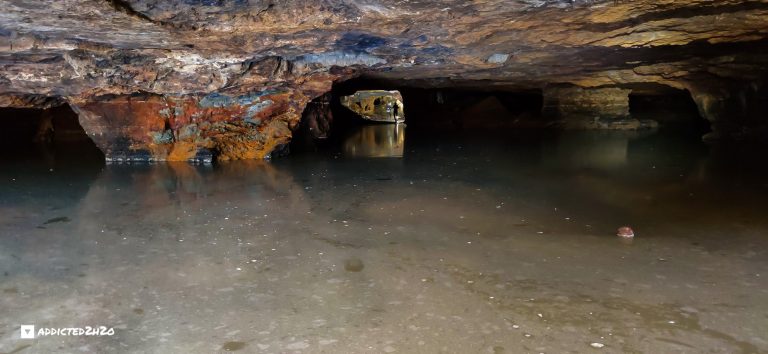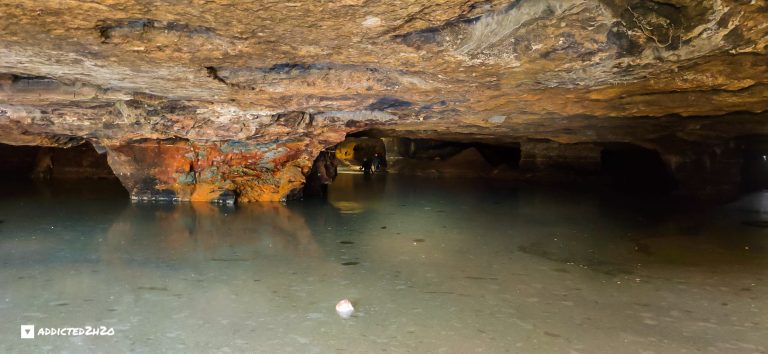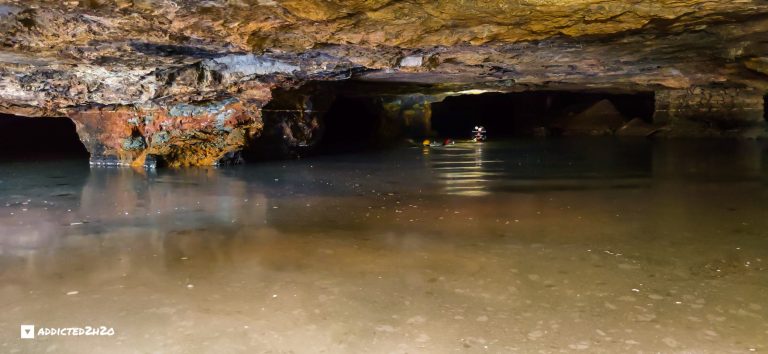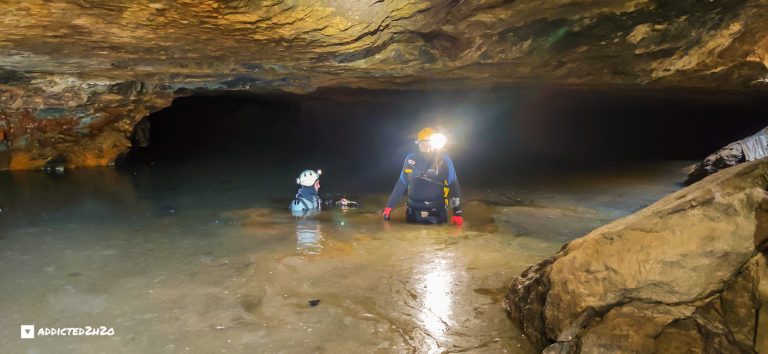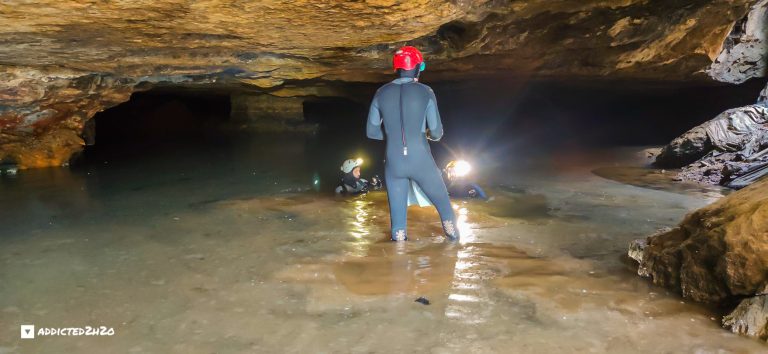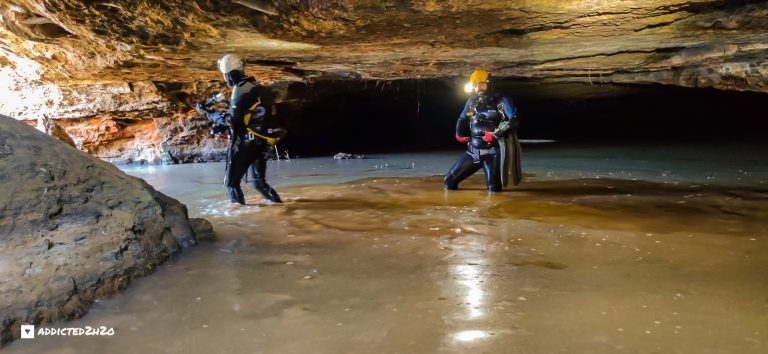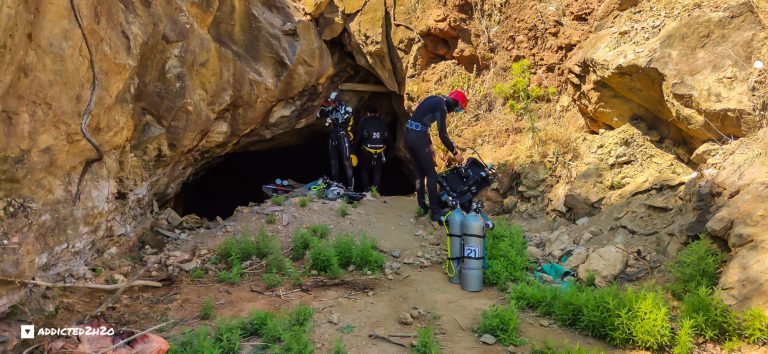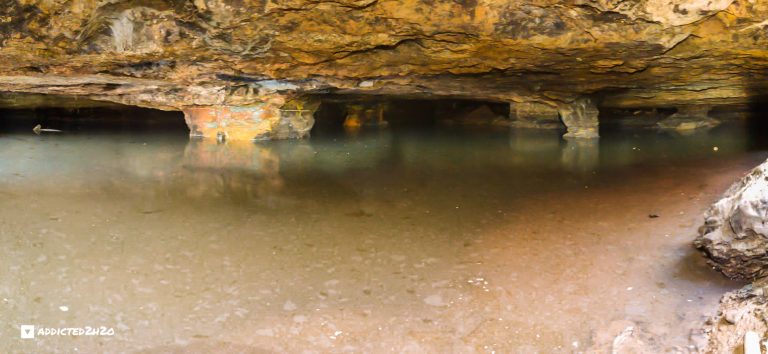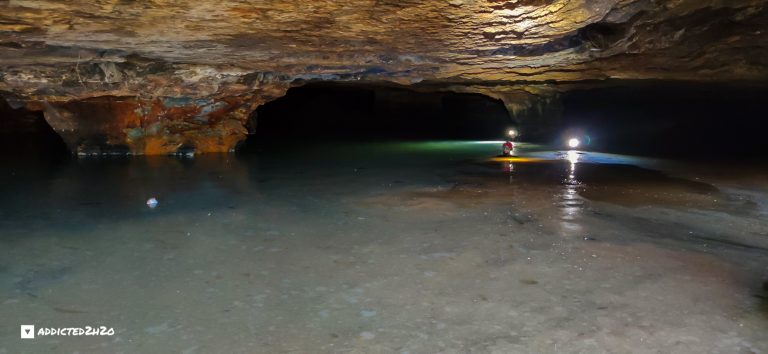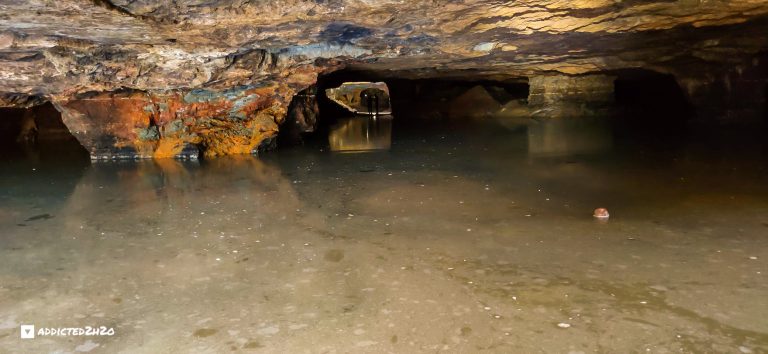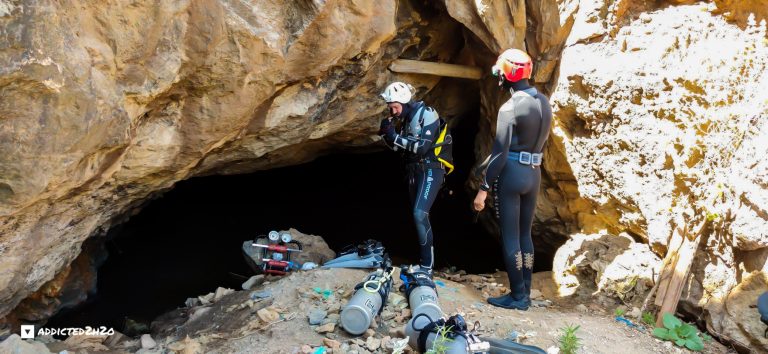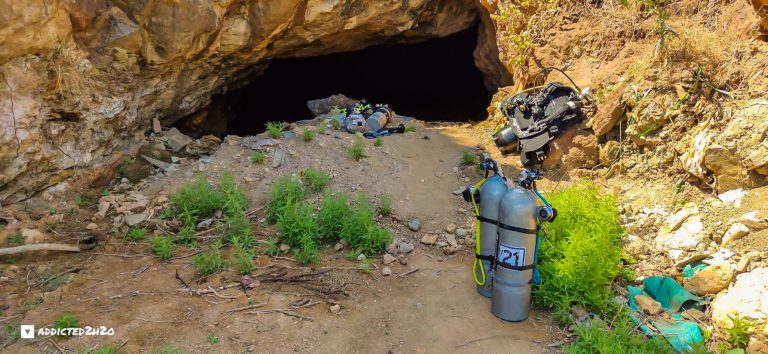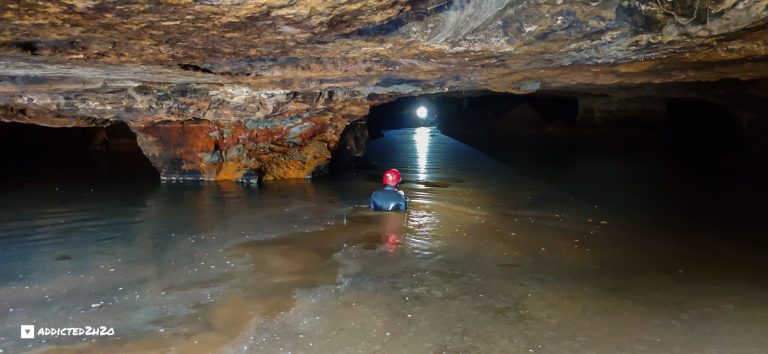Underwater Exploration
Dardeza Mine
Mining and Metallurgical installations in the Dardeza area in the late 19th and early 20th century. The history of the Mines and Furnaces of Dardeza begin from 1887 with the exploitation of manganese and lead iron ores. The Dardeza Mines are one of the oldest producing iron ores in Greece. They are located in the northern and eastern part of the Lavrio mining zone, together with the Mines Nikia, Spiliazeza, and Vromopousiou.
According to Kordellas and Gounari, the ore is found in intermittent parallel stratified veins or ascoid beds with a length of 10 to 25m and a thickness of 3 to 6m. The ore bodies are repeated in a NE-SW direction in a length of several kilometers inside of limestone. In their mineral composition they are iron manganese and hydramatite-limonite manganate with a 10-18% Mn and 30-40% Fe, and they contain galena veins. Especially in Dipseliza, within the lead ores manganese masses of up to 30m thick with a 30-40% manganese can be found. Iron ores, as oxidized ores, are found in the upper layers of the Lavrio metallurgy, mainly in the first and second Lavreotiki metallurgical contact.
According to Argyropoulos, the main ore of the northeastern mining zone of Lavrio is manganese iron with an average content of 37-40% iron and 12-13% manganese. By-products are galena ores with an average content of 6-45% lead and lead ores with a content of 8-12% lead. The Mines of Dardeza were developed in an initial concession of an area of 14,612,378 acres to Oikonomou and Drossopoulos (Mayor of Keratea during the 19th century), in the area of Daskalio, with the 9/10/1876 Royal Decree giving the right to exploit lead, zinc and copper. The right to exploit iron ores in the same area was granted a decade later, under the AFKE of 1887, which decided the exported ore would be taxed separately with 1 ½ on its gross value. In 1888 more concessions followed and to various individuals in neighboring areas. By the end of 1889 the total production of manganese iron ore of the Dardeza mines had not exceeded 50,000 tonnes. But since 1888 The Company was leased to I.V. Serpieris, who launched their systematic exploitation. After all, the existence of many concessions from different individuals in the same area, was an incentive for the establishment of 1893 of the Company “Dardeza-Daskalio”, with the participation of individuals (Makrigiannis, Pachys, Drossopoulos, Kordellas, I.V. Serpieris) with a percentage of 77% and of GEML with a percentage of 23%. The founding capital was significant, 3 million drachmas, while the shareholders transferred their concessions and the existing equipment (facilities, furnaces and railways) to the new Company. The Company had its Mines located between the Niki Mines and the rich concessions of the French Company of Dipseliza. The Board of Directors of the Company was based in Athens and was represented by the authorized consultant Ferdinando Serpieris. The Company in the aforementioned Corporate form did not last a long time.
Five years later, in 1908, the Company was absorbed by the state-owned GEML. Most of the information about the French-Greek Company Dardeza was given to us by A. Kordellas, who had a deep knowledge of Lavrio’s affairs, but was also at the same time a shareholder of the Company. He informs us that the French-Greek Company Dardeza immediately after its establishment built a metal washing machine, as we call today laundry or engineering facilities for the preparation of ores. He also informs us the Company had installed numerous wells furnaces for the melting of ores. Gounaris also mentions the melting also took place in “other Pelatan system furnaces”. Pelatan type furnaces were used obviously for heating powders and fine fractions of ore onto a vibrating bed. According to Kordella, the company had introduced electric drilling machines in its Mines by Siemens. This information is important because it reveals there was electricity in the Mines and probably of all the Metallurgical plants which were located at a distance of 200-300 meters from the Mines. The new Company also created infrastructure, connecting the Mines by rail with the port of Agios Nikolaos. Railroads were connected to the Attica (Athens-Lavrio) railway line and transported the Company’s products from the exploitation centers to the consumption centers (i.e. the Lavrio Metallurgies) and to loading docks for export abroad. According to Kakavogiannis, the port facilities were preserved intact in Frangolimano until 1969 where they were destroyed by DEI company for the construction of its electricity power plant.
The Teams:
Addicted2h2o: https://addicted2h2o.com
GreekGate: https://www.facebook.com/PyleEllenikonArchaiologikonIstorikonSpoudon/
Sources:
-Lavrio Historical-Technological Cultural Park (www.Itp.ntua.gr/home_en)
-The Archaeological Guide of Thorikos (Ministry of Culture)
-Oriktos Ploutos, April – June 2012 George D. Papadimitriou.
Historical Research:
Hercules Katsaros
Support & Logistics:
Apostolis Tzamalis
Hercules Katsaros
Mine Divers:
Erikos Kranidiotis
Stelios Stamatakis
Do what you can’t
